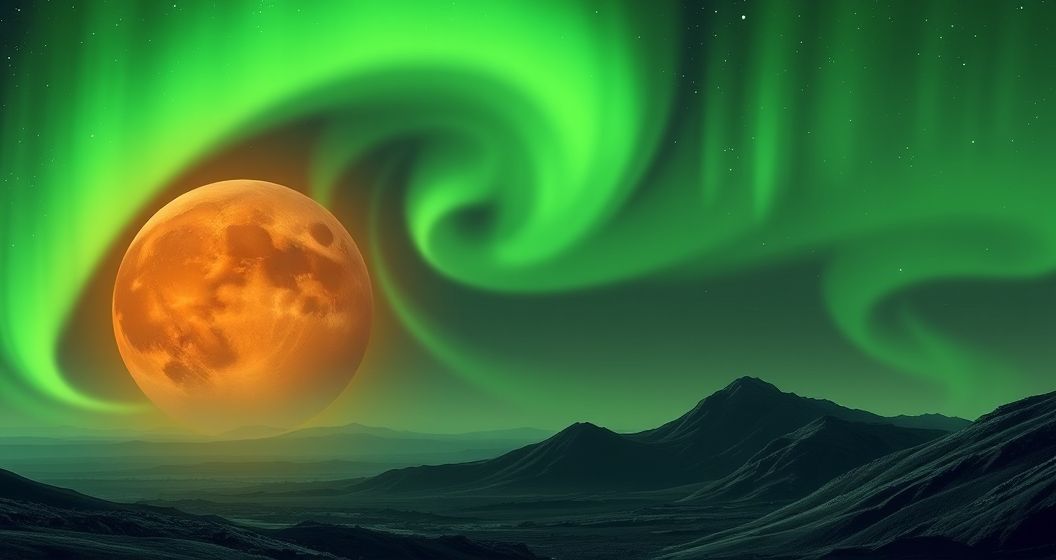Understanding the Mechanism Behind Martian Green Auroras
Unlike Earth’s auroras, which are primarily caused by interactions between the solar wind and Earth’s magnetic field, Martian green auroras are a more complex phenomenon. Mars lacks a global magnetic field like Earth’s, making its interaction with the solar wind significantly different. Instead, localized magnetic fields trapped within the Martian crust play a crucial role. When powerful solar storms, bursts of charged particles from the sun, bombard Mars, these localized fields interact with the solar wind, causing the excitation of oxygen atoms in the upper atmosphere. This excitation then results in the emission of green light, creating the breathtaking auroral displays.
The New Forecasting Method: Tracking Solar Storms for Martian Aurora Predictions
The newly developed forecasting method leverages our growing understanding of solar activity. By meticulously tracking powerful solar storms as they journey towards Mars, scientists can now predict with reasonable accuracy when and where these green auroras are likely to occur. This represents a monumental leap forward, shifting from a reactive, observational approach to a proactive, predictive one. This advance warning system is not merely aesthetically pleasing; it carries significant implications for the safety of future human missions to Mars.
The Importance of Prediction for Martian Astronaut Safety
Solar storms are not just visually spectacular; they are also potentially hazardous to human life. The charged particles carried by these storms can penetrate shielding and expose astronauts to harmful radiation. Knowing when a powerful solar storm is imminent and therefore when a Martian aurora is likely to occur provides crucial information for mission planning and astronaut safety. Astronauts can seek shelter in radiation-shielded habitats during these events, significantly mitigating their risk of exposure.
Future Implications and Ongoing Research
This breakthrough in Martian aurora prediction is not just a scientific achievement; it’s a vital step towards enabling safe and sustainable human exploration of Mars. Further research will focus on refining the accuracy of these predictions and expanding our understanding of the complex interplay between the solar wind, localized Martian magnetic fields, and the atmospheric processes that create these stunning green auroras. As we continue to explore the mysteries of the Red Planet, this ability to predict these rare and beautiful events will undoubtedly play a critical role in ensuring the safety and success of future missions. The emerald lights of Mars are not just a beautiful spectacle; they are a vital piece of information in our ongoing quest to understand and inhabit another planet.


